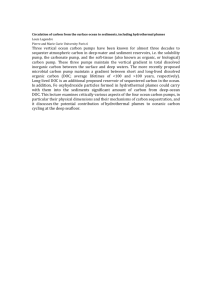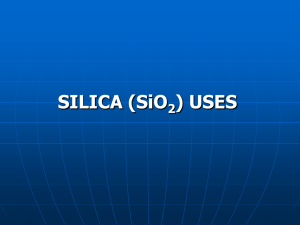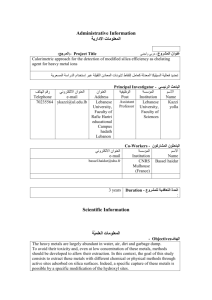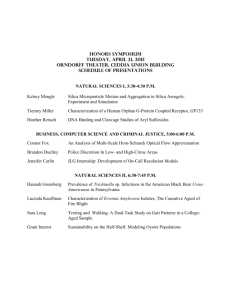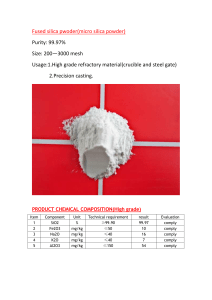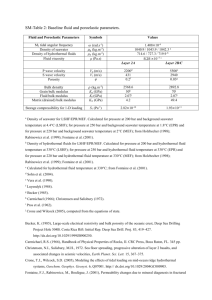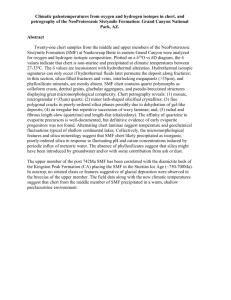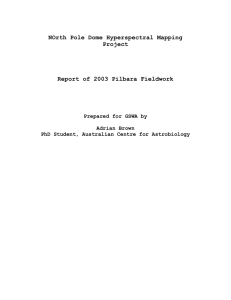jgrg20328-sup-0001-documentS1
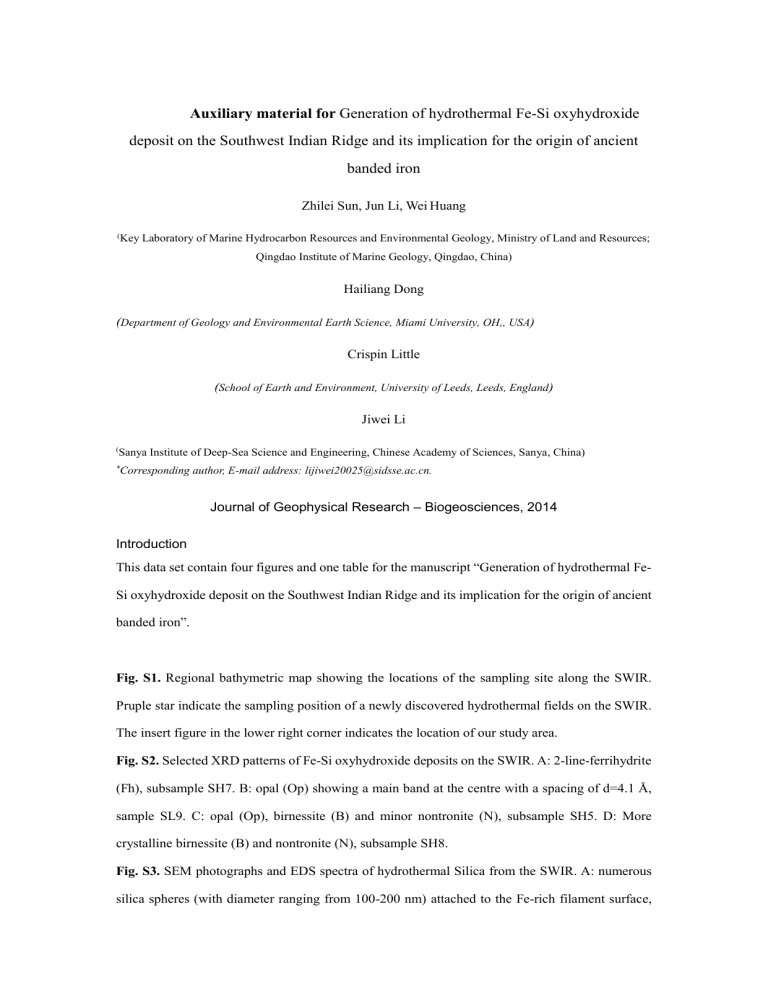
Auxiliary material for Generation of hydrothermal Fe-Si oxyhydroxide deposit on the Southwest Indian Ridge and its implication for the origin of ancient banded iron
Zhilei Sun, Jun Li, Wei Huang
( Key Laboratory of Marine Hydrocarbon Resources and Environmental Geology, Ministry of Land and Resources;
Qingdao Institute of Marine Geology, Qingdao, China)
Hailiang Dong
( Department of Geology and Environmental Earth Science, Miami University, OH,, USA )
Crispin Little
( School of Earth and Environment, University of Leeds, Leeds, England )
Jiwei Li
( Sanya Institute of Deep-Sea Science and Engineering, Chinese Academy of Sciences, Sanya, China)
* Corresponding author, E-mail address: lijiwei20025@sidsse.ac.cn.
Journal of Geophysical Research – Biogeosciences, 2014
Introduction
This data set contain four figures and one table for the manuscript “Generation of hydrothermal Fe-
Si oxyhydroxide deposit on the Southwest Indian Ridge and its implication for the origin of ancient banded iron”.
Fig. S1. Regional bathymetric map showing the locations of the sampling site along the SWIR.
Pruple star indicate the sampling position of a newly discovered hydrothermal fields on the SWIR.
The insert figure in the lower right corner indicates the location of our study area.
Fig. S2.
Selected XRD patterns of Fe-Si oxyhydroxide deposits on the SWIR. A: 2-line-ferrihydrite
(Fh), subsample SH7. B: opal (Op) showing a main band at the centre with a spacing of d=4.1 Å, sample SL9. C: opal (Op), birnessite (B) and minor nontronite (N), subsample SH5. D: More crystalline birnessite (B) and nontronite (N), subsample SH8.
Fig. S3. SEM photographs and EDS spectra of hydrothermal Silica from the SWIR. A: numerous silica spheres (with diameter ranging from 100-200 nm) attached to the Fe-rich filament surface,
leading to the accretion of the original filament, the yellow dot indicates the position of EDS, subsample SH7; B: Corresponding EDS spectrum of the small silica spheres in sub-figure A. C: An irregular crustal structure formed by aggregations of small silica spheres, subsample SH8; C: Ferich filaments (pointed by hollow black arrow) enveloped fully by amorphous silica (pointed by hollow white arrow), showing the genetic sequence between Fe oxide and later silica.
Fig. S4. EMPA elemental mapping of Si, Fe, Mn, P and Zn in the low-temperature hydrothermal deposit, sample SL9. The colorful concentration bars of every element are presented in the right.
The grayish-white layer in CP picture (back-scattered electron image) is enriched in Fe, the boundary between Si-rich layer and Fe-rich layer, however, is not distinct with abundant Fe-rich filaments existing in the Si-rich layers. No Mn and Zn have been detected and minor P is observed to distribute irregularly.
Table S1 Elemental calibration parameters and standards used in electron microprobe analysis


